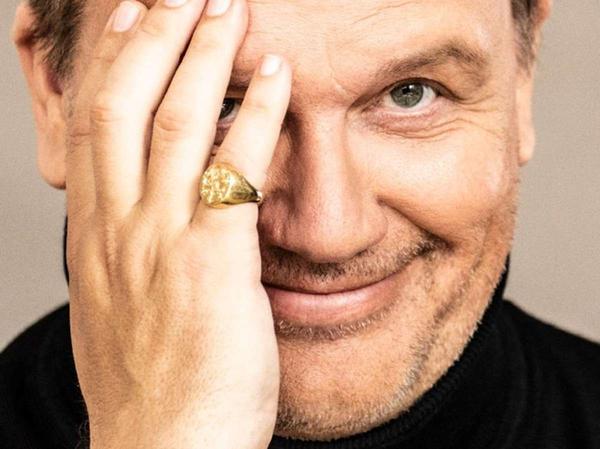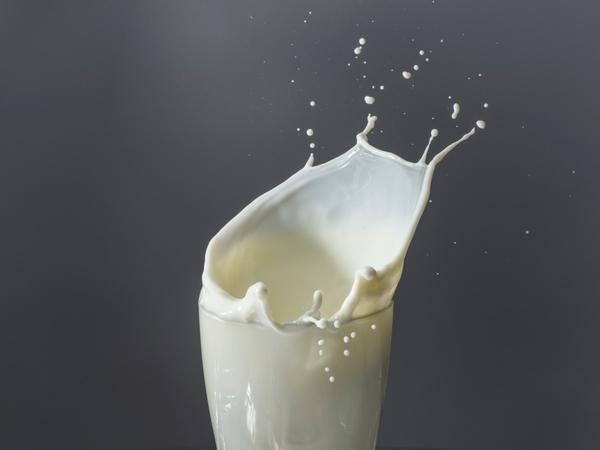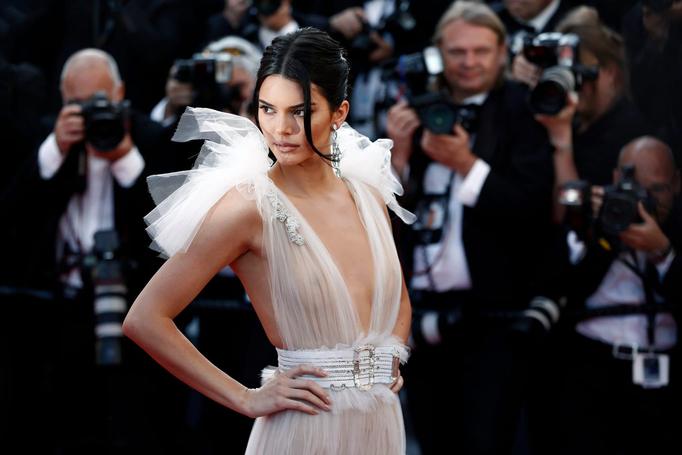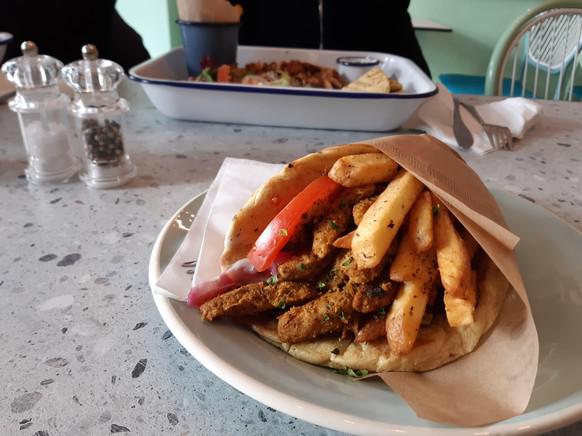
The German Museum of Black Entertainment and Black Music Digital is open in Berlin.We talk to two directors about lead culture, the relationship with the Humboldt Forum and the wrong question to Roberto Blanco
Bed linen from the "PopStars" winner No Angels, a Bambi by band member Jessica, a denim jacket by singer Joy Denalane and autograph cards from Tic Tac toe or moderator Ricky Harris: The German Museum of Black Entertain, Anta Helena Recke, Elisabeth Hampe and Frieder Blume, is based on pop artifacts to approach Black Culture in Germany from the 1920s to the nineties.
The growing collection, which is feeding on internet forests and donations from artists, is intended to make it clear that stories about the production and reception of black culture can be derived in the country based on individual careers from the German mainstream.At the end of August, the DMSUBM was already guest in the Museum of Applied Arts in Frankfurt am Main, now the exhibition is built in Berlin's Hau, but only digitally due to the Corona Lockdown on the website..Until including Wednesday, 16.December, a virtual visit is possible.We spoke to two of the directors, Anta Helena Recke and Joana Tischkau,.
Anta Helena Recke, Joana Tischkau, they call the German Museum of Black Entertainment and Black Music (DMSUBM) quite verbate the "Leading Museum of Black Culture, Popular Music and History".Is that also an indication that there is no other?
Anta Helena Recke: Yes.This attribution goes hand in hand with the claim that we have opened a German museum.These institutions with the word "German" in the name always have a certain monopoly in the cultural landscape, or at least claim them.That also plays into us.Perhaps the museum itself is not exactly the most progressive cultural technology, but it opens up a lot of resources and opportunities for discussion as a disposition.A "German Museum" suggests sovereignty, money and power.
Joana Tischkau: For us, the demarcation of terms such as "association" and "cultural center" was important because migrant organizations are often reduced to this.Under no circumstances do we want to devalue these forms of culture, but for us it was important to think ten steps bigger.
Why do you find the topics of pop culture and entertainment particularly suitable for devoting yourself to black history in Germany?
AHR: The topics of pop and Germany are present with us anyway in artistic practice.And in Germany the pop is usually not part of the time -honored and worth preserving museum canon.If you write a nationality on the flag, you have to deal with the concept of culture - and also with what may not be so useful about it.
JT: Nationality often plays a major role in cultural institutions.And we wondered which canon we refer to as black Germans - whether this canon exists, and if so, what it could look like.If you have enjoyed a university training like us, then you are immediately confronted with the fact that there is a reference system that you have to know.And we wondered how we can grab it there, so to speak,.
Ahr: We come from the direction of performative art and often deal with the question of who our audience is - and who we may like to have as an audience.Going through pop is certainly an attempt to reach people who are not in the classic museums - and which we would like to bring with us when we move into the museum world.And we try to initiate a reflection on the pictures that we have all consumed.
Pop culture is strongly shaped by international influences.Have you found something "typical German" in the phenomena and biographies that you examined?
Ahr: What stands out in the exhibition as typically German is perhaps exactly that: that German non-white bodies are located outside the nation.Almost all star productions that we can see revolve around the food points and the production relationships and to lay them into a vages outside.One of the most famous examples of this is the duo Milli vanilli.Since we have a "bravo" article in the collection in which a home story in London is staged.The white producer Frank Farian has rented them out so that the two have a London address and the audience thinks they come from there - and not from Munich.
JT: The US crew has extremely influenced the German cultural production of the post-war period.And the story of how these people have become part of Germany is very inadequate, just like the history of guest workers.There were also strong assimilation processes, which can be easily understood in artists' biographies.Some tried to perform as "German" as possible to be accepted.This adaptation pressure may also be something typical German.There is still a fiction of a homogeneous white Germany.
Ahr: We present a concept of Germany with the museum that is right for us - even if many of the artists that we are not born in Germany.We formulate: Whoever lives here is native.
JT: This is also a logic from the cultural company.Someone who has worked for longer in Berlin can be referred to as Berlin artist.And so was our working definition.Germany is constantly looking for a concept of culture or its cultural identity.This is shown in expressions such as "lead culture" or "Heimat Ministry", or the assumption that listeners of "folk music" are a bit limited.At first it is understandable that people are close to the texts in a language that they understand.And on the other hand, there is a dilemma in Germany that the language is so pre -contaminated and that all singers have to deal with why and how they sing in German.
In the exhibition, they present black hit stars like Marie Nejar and Roberto Blanco.On the other hand, the genre adheres the prejudice to carry ethnic or racist traits ...
Arh: It is difficult to say because the terms hit and folk music are already out of focus.There is this motif world in the hit, which one Germany designs above all that it imagines "the other".This happens over lyrical motifs that deal with the distance and the flirt with the "exotic".
JT: In addition, the fictionalized picture of an idyllic homeland and the cosiness such as the ethnom musicologist Julio Mendívil, which we have invited to a lecture, describes it.Very few reflect on the tradition in which they stand with it.But that doesn't just apply to the hit.Every five years there is a white rapper who publishes a song in which he claims as a white in hip-hop you shouldn't say anything more or you have to work harder because only migrant rappers can be successful in Germany.The song "Alman" by Cashmo was just released, which goes in this direction.In the video you can see white people who wear a T-shirt with the inscription "Alman" and whom the mouth is glued to.It is completely absurd that someone here uses an visual language that is used by the "lateral thinkers".The fact that someone stands on a stage and says that she feels like Sophie Scholl because she demonstrates against the Corona measures shows how much the deal with historical contexts is missing.
Ahr: On the "Alman" song you can also see how backwoods the discourse on racism is in Germany.In the United States, nobody in the entertainment industry, especially in rap, could speak of something like "reverse racism" without making his career completely ridiculous and ruining his career
The careers of the black stars that are in the museum were often sold as success stories with the undertone: you can do it in Germany.Does this also cover the experience with racism that you have found in the biographies in public perception?
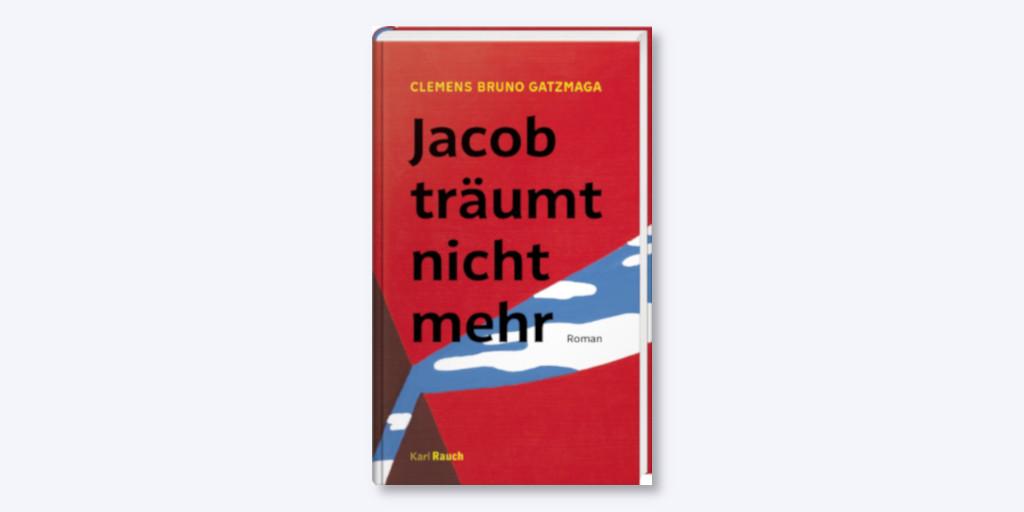
AHR: At this point you can build well in our museum, because the collected supposed success stories can be seen under what conditions you can have such a career as a non-white person in Germany.
JT: A mistake that is often made in the current debate is that famous black personalities are asked whether they have had experience with racism, regardless of whether they have any expertise in it.And if you then say no, such as Roberto Blanco, this is used as an argument to refute the accusation of structural racism.On the one hand, the diversity of black experiences is ignored and racism is reproduced by the individual narrative of individuals to represent the collective experience.It is problematic if racimus is only negotiated on the basis of individual stories of suffering, since this means that the structural component is left out.Sometimes black artists have to stick to these stories themselves so that their own world does not break apart.Because the fact is that they could only achieve this success within white structures by hiding racist experiences and denying them as a survival strategy.If we only weigh these stories against each other, we will never get to the point of an analysis of society as a whole.The question would actually be: Who could be Roberto Blanco if there had been no racism?Would he have become the black Thomas Gottschalk?And you would not have to ask him, but the white broadcaster chiefs and producers who have set off his show.
Nevertheless, you cannot deny Roberto Blanco his personal handling of the topic ...
AHR: Any survival strategy of black people is legitimate and should not be convicted.I believe that the phenomenon that artists or figures of public life differentiate themselves from being black, is very understandable.Especially because they are faced with the subordination to be only in an exposed position because it is now "heard" that someone is in a certain ranks of people.Of course, it is always said in the subtext: "You are not successful because you are good, but because you as a black person simply notice it anyway, because you are there for the quota because you are used as a token and so on.It is understandable that one wants to show this constant interpretation of the "charity subject".
JT: You always have to analyze the whole thing intersectionally.Of course, certain privileges are also accompanied by the rise and commercial success of an artist.It is clear why Roberto Blanco cannot say anything about racist police force: Because every German police officer Roberto Blanco recognizes.Someone is not only stopped because they are black, but also because they may be wearing a jogging suit or is traveling at the wrong subway station.Roberto Blanco will probably not drive the subway.
The exhibition also reminds of the attack on the moderator Arabella Kiesbauer in the 1990s and the neo-Nazi threats against Barbara Becker.Was that actually classified as racist -motivated violence at the time?
Ahr: After our impressions, this was not made a big topic.The highest of feelings was that "xenophobia" was spoken of or neo -Nazis.So the problem was deported into a certain milieu.And at the same time it was rather the case that Boris Becker had to justify himself to be with a black woman.
At the same time, the first son of Boris and Barbara Becker was referred to as the "baby of the nation" ...
JT: I think this is part of staging strategies that can be seen in black children's stars like Ramona or Marie Nejar.Children are not perceived as threatening.And interestingly, the "baby of the nation" as an adult man was insulted by an AfD politician with the N-word.
Ahr: We have the expression from a large "mirror" story, in which a photo corner with which newborns were shown.In our opinion, in our opinion, it is dueWhite German service providers goes."Our Boris" stop.And as I said, this perception has changed as soon as Noah Becker has entered the public as an independent person.
Most of their collection consists of pop artifacts such as records, posters, autograph cards and excerpts from magazines and newspapers.In the meantime, the fan culture has digitized strongly.The "Bravo" is no longer the Bible, and in case of doubt many prefer to have a selfie than an autograph.Is your museum a monument to a dying form of the fantum?
AHR: Yes, we go to 2005 with the historical part of our exhibition up to around 2005.We have determined this because the media landscape and the Stardom have changed so much from the nineties that it almost feels like another phenomenon.But then it would probably also need another curatorial concept.
JT: But things are also lost in the other direction.For example, shellac plates are not as durable as vinyl.And that there were even newspaper articles about artists and musicians belong in a certain time.An era of print media, sound carrier and merchandise article begins around the 1920s, which ends slowly in the new millennium.
Then the DMSUBM is also a Museum of Media History?
JT: Yes, and that's why it's not just a museum for black music culture, but basically says something about image languages of a time or media production.For us there is also a confrontation with the common nostalgia, which is currently being celebrated around the 90s and ninneys.
Ahr: A key medium for us is television, and that is now historical.We have the big D in the name, so we see each other more in a line with the German Historical Museum than, for example, with the art works.I think from the turn of the millennium, the pop world was globalized so much that it makes little sense to look at it through a national perspective.We therefore make a jump and go directly from the historical part to the present, in which black contemporary artists enter into a dialogue with the archive and, in the best case, create new artistic work.
Interestingly, the DMSUBM is also guesting for the digital opening of the Humboldt Forum in Berlin.Just a coincidence or a statement?
Ahr: We find it very useful that the two openings take place at the same time and may also meet in the media public.Perhaps some recipient and political actors have a thoughts explosion: What would have happened if we had put the millions instead of the Humboldt Forum in progressive projects that deal with similar topics?Maybe we can show what is already conceivable, but it is simply not done.We hope that we can at least break through the suggested lack of alternative to mentally.
So far, your museum is a nomadic project.Should there be a house at some point?
AHR: I still find it best to give us the Humboldt Forum so that we have a permanent address in Berlin.
JT: But if that doesn't work, a home would of course be a dream.

